A supernova is the explosion of a star, which then becomes remarkably bright. Supernovae are billions of times brighter than the sun, and can outshine entire galaxies. Their light output dims after several hundred days, leaving behind a residual cloud of gas.
The phenomenon is the final stage in the life of a supergiant star, or a star whose mass is more than 10 times that of the sun. For most of their lifecycles, these stars produce energy through a nuclear reaction that turns hydrogen into helium.
When supergiants run out of hydrogen, they continue to produce energy by turning helium into carbon. The new carbon then turns into heavier elements, up to iron. Yet the process does not continue indefinitely, and the star eventually implodes. With no more energy to counterbalance the star’s force of gravity, it retracts into a highly compact and dense nucleus. This veritable whirlpool is so violent that it generates a shock wave. The wave in turn causes the star’s outermost layers to detach and hurl into space at tremendous speeds, thus generating the explosion. After that, the star’s remnants undergo one of two possible transformations, depending on their mass. If less than three times the mass of the sun, a former supergiant’s core gives rise to a neutron star with a diameter of 10-20 kilometers. Neutron stars are mostly made up of neutrons. One teaspoon of a neutron star has as much mass as a mountain on earth. Otherwise, when an exploded supergiant’s remains have a mass that is three times greater than the sun’s, the core becomes a black hole. The gravity produced by Black holes is so intense that they capture and absorb light.
Supernovae are a fundamental part of life in the cosmos. Thanks to these stellar explosions, space gains heavy elements it would otherwise lack. Such materials are present on many planets, including Earth. One can even argue that man himself is made of stardust. Every year, scientists confirm the presence of hundreds of supernovae, albeit in distant galaxies that are only visible with powerful telescopes. The last supernova that exploded in the Milky Way, which contains our solar system, was observed in 1604. The brightest supernova ever noticed by man was recorded in 1006. The phenomenon was visible for several months, even during the day. According to some sources, the supernova was so bright that one could read by its light even after the sun went down.
The phenomenon is the final stage in the life of a supergiant star, or a star whose mass is more than 10 times that of the sun. For most of their lifecycles, these stars produce energy through a nuclear reaction that turns hydrogen into helium.
When supergiants run out of hydrogen, they continue to produce energy by turning helium into carbon. The new carbon then turns into heavier elements, up to iron. Yet the process does not continue indefinitely, and the star eventually implodes. With no more energy to counterbalance the star’s force of gravity, it retracts into a highly compact and dense nucleus. This veritable whirlpool is so violent that it generates a shock wave. The wave in turn causes the star’s outermost layers to detach and hurl into space at tremendous speeds, thus generating the explosion. After that, the star’s remnants undergo one of two possible transformations, depending on their mass. If less than three times the mass of the sun, a former supergiant’s core gives rise to a neutron star with a diameter of 10-20 kilometers. Neutron stars are mostly made up of neutrons. One teaspoon of a neutron star has as much mass as a mountain on earth. Otherwise, when an exploded supergiant’s remains have a mass that is three times greater than the sun’s, the core becomes a black hole. The gravity produced by Black holes is so intense that they capture and absorb light.
Supernovae are a fundamental part of life in the cosmos. Thanks to these stellar explosions, space gains heavy elements it would otherwise lack. Such materials are present on many planets, including Earth. One can even argue that man himself is made of stardust. Every year, scientists confirm the presence of hundreds of supernovae, albeit in distant galaxies that are only visible with powerful telescopes. The last supernova that exploded in the Milky Way, which contains our solar system, was observed in 1604. The brightest supernova ever noticed by man was recorded in 1006. The phenomenon was visible for several months, even during the day. According to some sources, the supernova was so bright that one could read by its light even after the sun went down.
RELATED


HIPPOPOTAMUS


WOLF
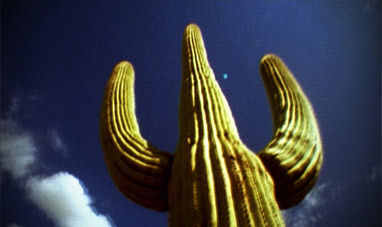

CACTUS


HERMIT CRAB
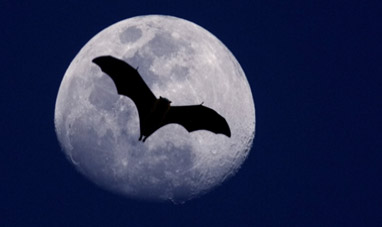

BAT


EOLIC


LADYBUG


RIVERS


RAVEN
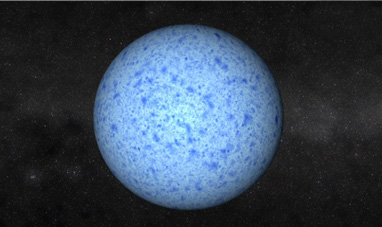

NOVAE


CATERPILLAR


EDMUND HALLEY


SOLAR THERMAL ENERGY


CARNIVOROUS PLANTS


FROG
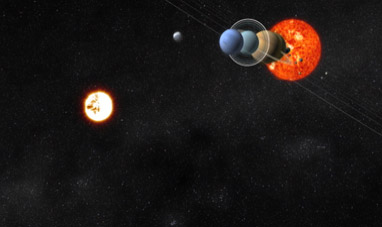

ERIS


BEE
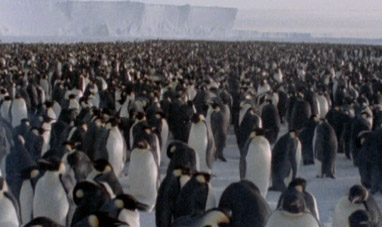

PENGUIN


CROCODILE
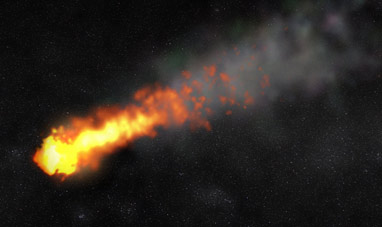

METEORS


FLY


STORK


STARFISH


NATURAL GAS (METHANE)


PARROTT


GOOGLE


KANGAROO


FACEBOOK


OWL


GORILLA


FALCON


CLOUD COMPUTING
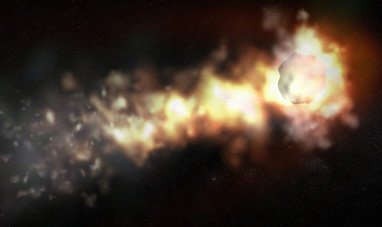

METEORITES


BEAR


TEETH


HYENA
